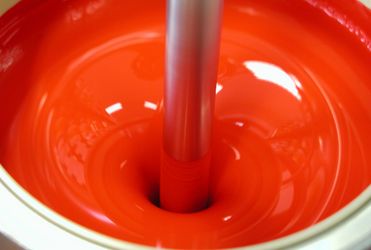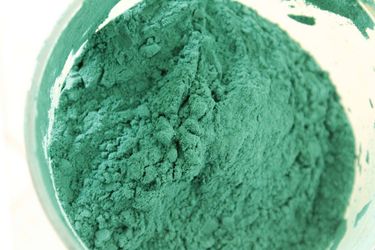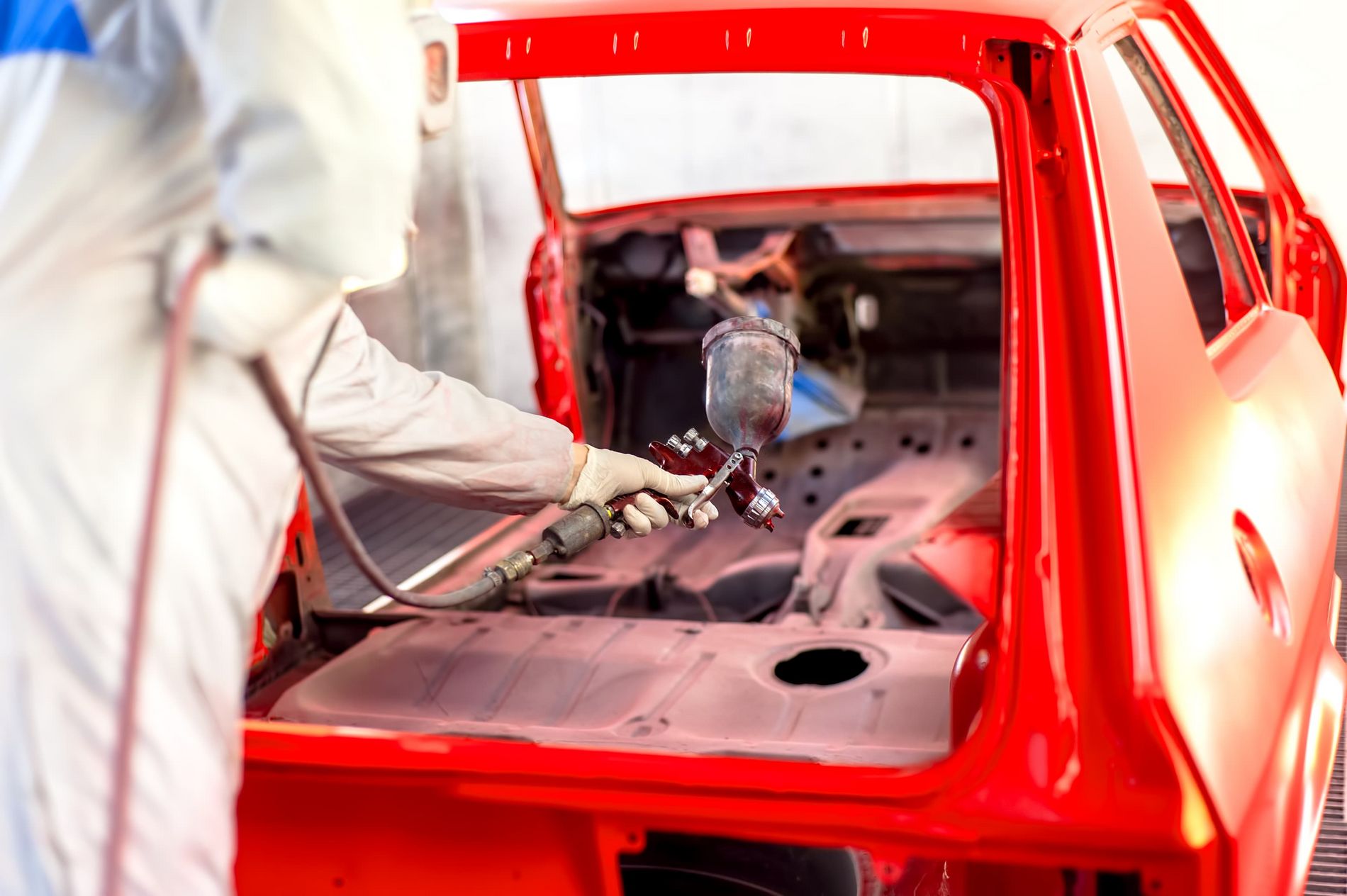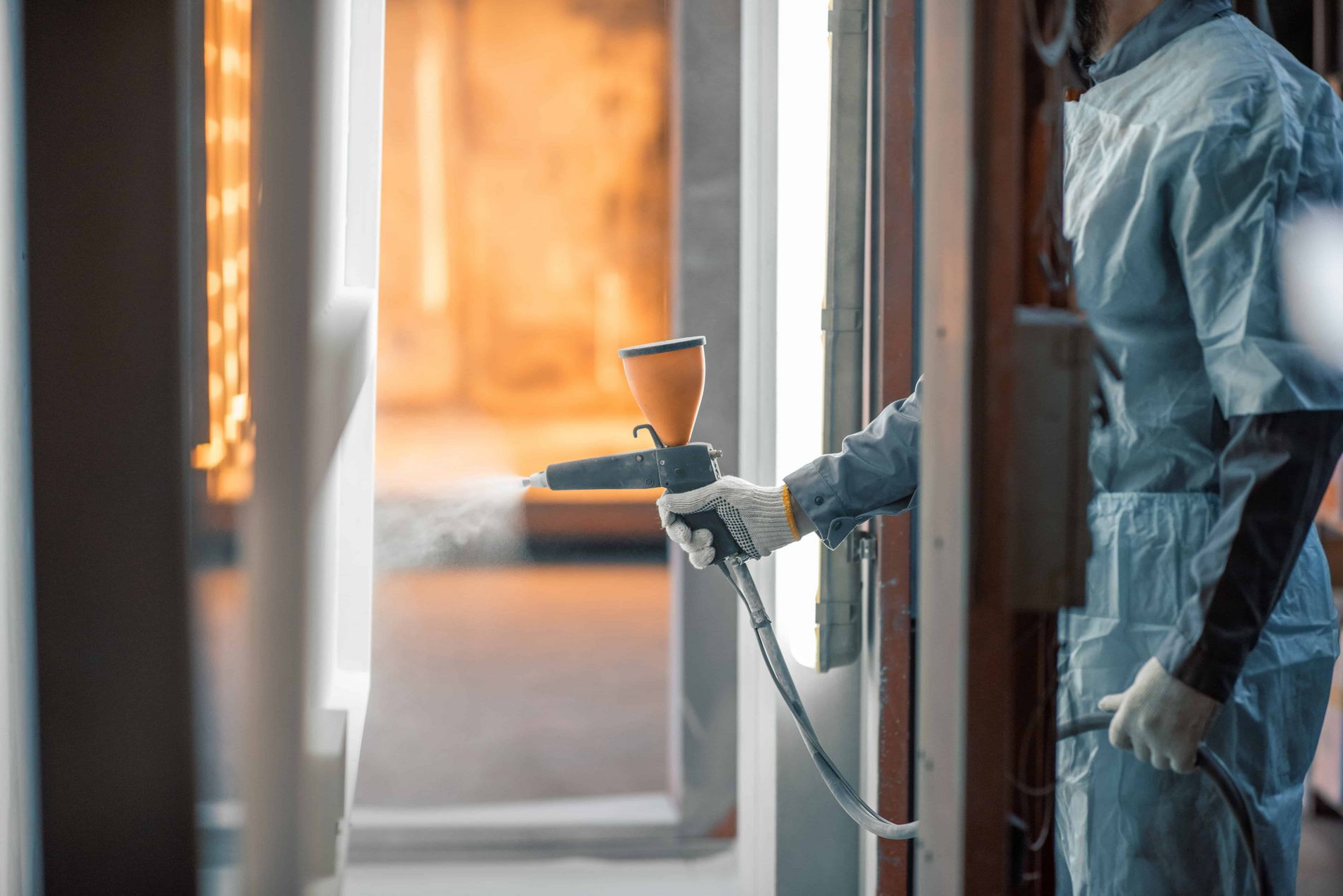Sơn dung môi và sơn bột tĩnh điện – Ưu và nhược điểm
Xử lý bề mặt (Surface finishing) là yếu tố mang lại cho sản phẩm những tính chất chức năng và thẩm mỹ riêng biệt.
Các nhà gia công sơn thường phải lựa chọn giữa hai hệ thống sơn phổ biến: sơn dung môi (liquid paint) và sơn bột tĩnh điện (powder coatings).
Trong vài thập kỷ gần đây, sơn bột tĩnh điện ngày càng trở nên phổ biến hơn, một phần nhờ vào sự chú trọng ngày càng cao đối với tính bền vững.
Tùy theo yêu cầu của đơn vị ứng dụng, cả hai công nghệ này đều có những ưu điểm và hạn chế riêng .
Thành phần sơn (Paint Composition)
Sơn dung môi (Liquid paint) là hỗn hợp gồm các thành phần không bay hơi bao gồm chất kết dính (binders), phụ gia (additives), chất tạo màu (pigments) và chất độn (fillers) — cùng với thành phần bay hơi (volatile component) là dung môi.
Trong quá trình sấy và đóng rắn, dung môi bay hơi dần, cho phép các thành phần còn lại của sơn hình thành nên một màng khô.
Ngược lại, sơn bột tĩnh điện (powder coating) là một hỗn hợp khô (dry mixture) trong đó chất kết dính (binder), phụ gia (additives), chất tạo màu (pigments) và chất độn (fillers) được nghiền mịn (milled) để tạo thành bột mịn (fine powder).
Sự khác biệt chính giữa hai loại sơn này nằm ở thành phần dung môi (solvent), sơn bột đặc biệt không chứa dung môi.
Quy trình sơn (Paint Application)
Sơn dung môi
Sơn dung môi có thể được thi công theo nhiều phương pháp khác nhau. Yêu cầu của công việc và mức độ hoàn thiện mong muốn thường sẽ quyết định phương pháp thi công phù hợp nhất.
Đối với các công việc quy mô nhỏ , thường sử dụng chổi sơn, con lăn hoặc súng phun thủ công.
Trong các môi trường sơn quy mô lớn như ngành sản xuất công nghiệp , các thiết bị súng phun tự động và thiết bị quay phun dạng chuông được sử dụng phổ biến hơn nhờ mang lại tốc độ, độ ổn địnhvà hiệu suất cao hơn.
Ngoài ra, phương pháp sơn tĩnh điện thường được áp dụng trong các hệ thống này để tăng hiệu suất truyền sơn.
Một phương pháp thi công sơn dung môi khác là nhúng (dipping).
Trong quy trình này, vật cần sơn được nhúng hoàn toàn vào bể sơn.
Phương pháp này đặc biệt phù hợp cho các chi tiết có hình dạng hoặc kích thước phức tạp.
Sơn bột tĩnh điện
Sơn bột thường được thi công bằng phương pháp phun tĩnh điện, trong đó súng phun (spray guns) được sử dụng phổ biến.
Vật cần sơn phải có tính dẫn điện, vì bột sơn bám lên bề mặt chi tiết nhờ hiện tượng tích điện tĩnh điện hoặc ma sát tĩnh điện. Trong một số trường hợp đặc biệt, có thể sử dụng các biến thể ứng dụng đặc biệt như sau:
-
Hot Flocking: bằng cách gia nhiệt cho bề mặt nền, bột sơn sẽ tan chảy ngay khi tiếp xúc và bám dính lên bề mặt.
Bột có thể được thi công bằng súng phun hoặc bằng phương pháp quay nung. -
Application of conductive liquid: là quy trình phủ lớp dung dịch dẫn điện để tạo tính dẫn điện cần thiết cho quá trình sơn bột, cho phép các vật liệu không dẫn điệnnhư nhựa vẫn có thể được phủ sơn.
Nhờ đó, ngày nay có thể phủ sơn bột cho nhiều loại vật liệu phi kim loại như nhựa, thủy tinh, gốm sứ, v.v.
Paint Cure Conditions
The curing process for liquid paint takes place once the solvents in the paint have evaporated and the paint has cross linked. This process can take place in an oven or, with certain resins or waterborne paints, can be the result of air drying. Liquid paint solid percentages vary but can range from under 30% to greater than 60%, whereas powder coatings are 100% solids. Solids ratios affect the coverage produced (lower solids equal less theoretical coverage). Liquid finishes often require several coats in order to meet film thickness requirements – resulting in increased processing time.
Powder coating here scores a point with time efficiency. For a high-quality surface, typically only one coat is required with powder coating. After application, the coated parts are placed in the curing oven - here, the powder is melted and cured by means of a chemical hardening reaction. The required curing time depends on the composition of the powder coating and the nature of the workpiece. After cooling, the coating is ready for immediate use.
The usual curing temperatures for powder coatings are in the range of 160-200 °C, which initially limited the types of substrates that could be finished with powder coatings. However, new developments in powder coating technology with significantly lower cure requirements are allowing for greater flexibility in substrate selection. It is already possible to coat wood-based materials such as medium-density fiberboard (MDF) or even individual solid wood pieces.
Finished Product Appearance
Due in part to the addition of solvent, which directly influences the flow properties of liquid paints, it is easy to produce a very smooth finish with liquid paints. In addition, liquid paint systems stand out with intensive effects such as metallic effects, since the orientation of the effect pigments can be realized easily during the solvent evaporation process.
Powder coatings have developed rapidly in terms of product diversity for effects. Over the years, various products such as metallics, flip-flops, dormants, pearlescents and many more have been developed and are continuously being improved. With its 3D Metallics, TIGER revolutionized the effect level of powder coatings in 2017, and now creates surfaces with comparable depth and effect to liquid paints. Furthermore, TIGER offers a variety of textured finishes that are unavailable in liquid finishing.
Durability and Mechanical Properties
When it comes to durability, powder coatings are ahead of the game. Powder coatings offer high functionality in scratch and impact resistance, deformation resistance and plasticity. This durability can help maintain product integrity during the storage and transportation of finished goods.
Increased film thickness results in better edge coverage for powder coated parts, which, in terms of corrosion protection, makes powder coatings superior to commercially available liquid paint finishes.
Environmental Sustainability
When liquid paint cures and the solvent evaporates, vapors known as volatile organic compounds (VOCs) are released into the air. These substances are both a concern for human health and harmful to the environment. Disposing of this paint is also costly, and colour changes in spray guns and rotary bells result in wasted paint and an increased likelihood of colour and appearance defects (due to the introduction of purging solvents). Liquid paint also suffers from a poor reclamation ability when compared to powdered paint. Liquid paint is essentially all spray to waste, as the material that misses the target part cannot be reused.
In powder coating, the degree of material utilization is considerably higher. In modern powder coating booths, up to 100% of the powder that does not reach the target part can be recovered. This is good for both the environment and the budget!
Conclusion
It is not possible to make a general statement about which technology is "better". Every workpiece has different requirements when it comes to surface finishing, so the final decision often depends. Liquid coatings offer certain benefits for effects and flexibility in substrate selection, whereas powder coatings offer efficiency, improved mechanical and durability properties and environmental friendliness.
Back to overview




